Description
The Lisa dragon fruit, a Nicaraguan variety of Hylocereus polyrhizus, is celebrated for its vibrant appearance and delightful flavor. Here’s a comprehensive overview:
1. Basic Overview
- Variety Name: Lisa
- Species: Hylocereus polyrhizus
- Origin: Nicaragua
2. Visual Appeal
- High-Quality Images:
- Whole Fruit: Displays the thick red skin adorned with curling green bracts edged in dark red.
- Cross-Section: Reveals the deep dark red flesh, highlighting its rich color.
- Flowers and Plant: Showcases the large, white night-blooming flowers and the grayish-green stems.
3. Physical Characteristics
- Skin Color and Texture: Thick red skin with a smooth, velvety feel, complemented by green bracts with dark red margins.
- Flesh Color: Deep dark red.
- Fruit Size and Shape: Oval-shaped, medium to large, averaging around 1 pound (465 grams).
- Seed Distribution: Evenly distributed tiny black seeds.
4. Taste Profile
- Flavor Description: A harmonious blend of sweet and acidic notes, reminiscent of raspberries or strawberries.
- Sweetness Level: Average Brix rating of 17.02, indicating a pleasant sweetness.
5. Growing Characteristics
- Climate Requirements: Thrives in tropical and subtropical climates; exhibits better-than-average tolerance to heat and cold.
- Plant Type: Climbing cactus with grayish-green stems that develop a protective gray coating upon maturity.
- Flowering Habits: Produces some of the largest dragon fruit flowers; white petals with yellow calyx tinged with red edges; blooms at night.
- Pollination: Self-sterile; requires cross-pollination from a different variety to set fruit.
- Growth Rate and Yield: Vigorous grower; among the most productive red-fleshed Nicaraguan cultivars.
6. Cultivation Tips
- Soil Requirements: Prefers well-draining soil with a slightly acidic to neutral pH.
- Sunlight and Temperature Needs: Full sun to partial shade; exhibits enhanced tolerance to temperature extremes due to the gray stem coating.
- Watering Needs: Moderate watering; avoid waterlogged conditions to prevent root rot.
- Support Structures: Benefits from trellises or stakes to support climbing growth.
7. Harvesting and Productivity
- Harvest Time: Late June to late December or January.
- Fruit Yield per Plant: High productivity; exact yield varies based on growing conditions.
- Ripening Indicators: Typically ready for harvest 44 days after flowering; skin color deepens, and fruit slightly softens.
8. Uses and Applications
- Culinary Uses: Ideal for fresh consumption, smoothies, desserts, and salads.
- Nutritional Benefits: Rich in antioxidants, vitamins, and fiber; beneficial for overall health.
- Commercial Uses: Highly regarded in Nicaraguan markets; excellent commercial potential due to flavor and productivity.
9. Fun Facts
- Unique Traits: The name “Lisa” translates to “smooth,” referencing the fruit’s velvety rind texture.
- Origin or History: One of the top commercial dragon fruit varieties cultivated in Nicaragua.
10. Comparison Chart (Optional)
| Variety Name | Flesh Color | Skin Color | Average Weight | Brix Rating | Pollination |
| Lisa | Dark Red | Red | ~1 pound | 17.02 | Self-sterile |
| Rosa | Dark Red | Red | ~1 pound | 17.02 | Self-sterile |
| Cebra | Dark Red | Red | ~1 pound | 17.02 | Self-sterile |
Note: DNA tests suggest that Lisa, Rosa, and Cebra may be the same variety, though slight variations in appearance have been observed.
11. Frequently Asked Questions (FAQs)
- Is the Lisa dragon fruit self-pollinating?
- No, it is self-sterile and requires cross-pollination from a different variety to set fruit.
- How long does it take from flowering to harvest?
- Approximately 44 days from bloom to harvest.
- What makes Lisa different from other dragon fruit varieties?
- Its combination of deep red flesh, smooth rind, large flowers, and balanced sweet-tart flavor distinguishes it from other varieties.
12. Engaging Features
- User Reviews/Testimonials:
- “The Lisa variety stands out with its rich flavor and high productivity. A must-have for dragon fruit enthusiasts!”
- Interactive Elements:
- Consider adding a flavor profile slider or a comparison tool to highlight differences between Lisa and other varieties.


Reviews
There are no reviews yet.